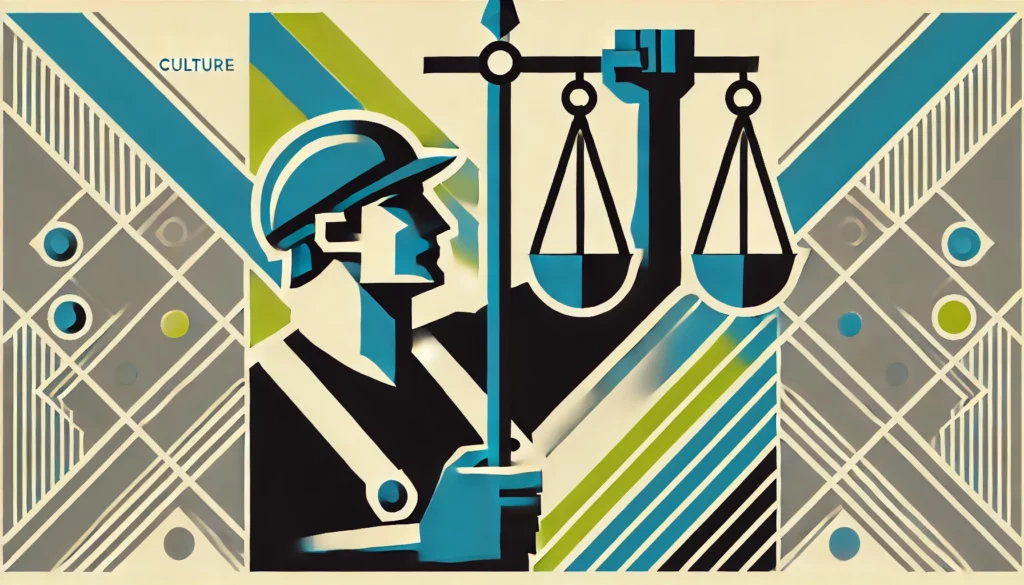
Introduction: The Science Behind the Tipping Point of Culture
In the world of organizational leadership, culture is not static—it evolves based on values, emotions, and interactions. While many leaders strive for gradual improvements, research reveals that true transformation happens at a critical tipping point. This threshold marks the shift from incremental improvements to exponential cultural growth.
Marcial Losada’s and Emily Heaphy Ratio research shows that teams flourish when they maintain a positivity ratio of at least 5:1. For every negative interaction, five positive reinforcements are required to foster high-performing teams. Falling below this ratio leads to stagnation or toxicity.
Barbara Fredrickson’s Broaden-and-Build Theory explains how positive emotions expand mental capacities, strengthen connections, and build resilience. Meanwhile, John Gottman’s relationship research introduces the concept of emotional banking, showing that relationships thrive with a 5:1 positivity ratio. When applied to teams, this principle emphasizes the importance of regular “deposits” of trust, appreciation, and recognition.
The Losada and Emily Heaphy’s Ratio and Cultural Growth
The Losada Line represents the boundary where positivity drives growth. The studies reveal that teams operating above the 5:1 ratio consistently outperform those below in creativity, productivity, and morale.
Why Does This Happen? Fredrickson’s research indicates that positive emotions broaden awareness and foster collaboration, while negativity narrows focus and limits creativity. Teams above the Losada Line experience continuous growth, while those below drift into dysfunction.
Regular positive reinforcements gradually push teams over the tipping point, unlocking exponential growth and innovation.
Tipping into Growth: Reaching the Cultural Tipping Point
Tipping into growth requires intentional leadership, emotional awareness, and consistent reinforcement of shared values.
Fredrickson’s Broaden-and-Build Theory outlines three stages:
- Broaden: Positive emotions expand awareness, fostering new opportunities.
- Build: Positive experiences accumulate, strengthening resilience.
- Sustain: Continuous positivity creates momentum, reinforcing growth.
To tip the scale, leaders should:
- Celebrate Small Wins: Reinforce positivity with daily acknowledgments.
- Practice Gratitude: Encourage team-wide gratitude rituals.
- Strengthen Emotional Deposits: Consistent praise and recognition build lasting trust.
Avoiding Stagnation and Toxicity
Negativity carries more psychological weight than positivity. Fredrickson’s research on negativity bias shows that one unresolved conflict can overshadow multiple positive interactions.
Gottman identified four patterns that accelerate cultural decline:
- Criticism: Fault-finding that erodes morale.
- Contempt: Dismissiveness that disengages employees.
- Defensiveness: Resistance to feedback, halting growth.
- Stonewalling: Emotional withdrawal and lack of communication.
Countermeasures:
- Address conflicts quickly and openly.
- Incorporate emotional reset rituals after difficult projects.
- Use feedback loops to identify and resolve issues early.
Applying VP Culture Science to Reach the Tipping Point
VP Culture provides a structured framework to achieve exponential growth through three core sciences:
1. Personality Science – Building Personalized Leadership
Personality Science emphasizes understanding individual strengths. Leaders who align tasks with individual traits boost engagement and productivity.
Applications:
- Assign roles based on strengths and preferences.
- Provide personalized recognition to reinforce positive emotions.
2. Emotional Science – Managing Emotional Energy
Emotional Science helps teams balance energy and emotions, keeping them in a state of productive flow.
Applications:
- Regularly assess team morale with emotional pulse checks.
- Redirect low-energy, negative states through gratitude and positive reframing.
3. Value Science – Anchoring in Core Values
VP Culture’s six core values—Trust, Harmony, Peace, Wisdom, Nobility, and Joy—act as anchors, ensuring sustained cultural growth.
Applications:
- Celebrate acts that reflect core values in team meetings.
- Use value-driven goal-setting to align teams around a shared purpose.
Conclusion
The tipping point of culture is achieved through consistent, intentional leadership. By applying Fredrickson’s Broaden-and-Build Theory, Gottman’s Emotional Banking, and Losada’s positivity ratio, leaders can tip their teams into sustained growth and innovation.
VP Culture’s sciences provide the tools to unlock exponential performance, reinforcing the belief that positive cultures are built one interaction at a time.